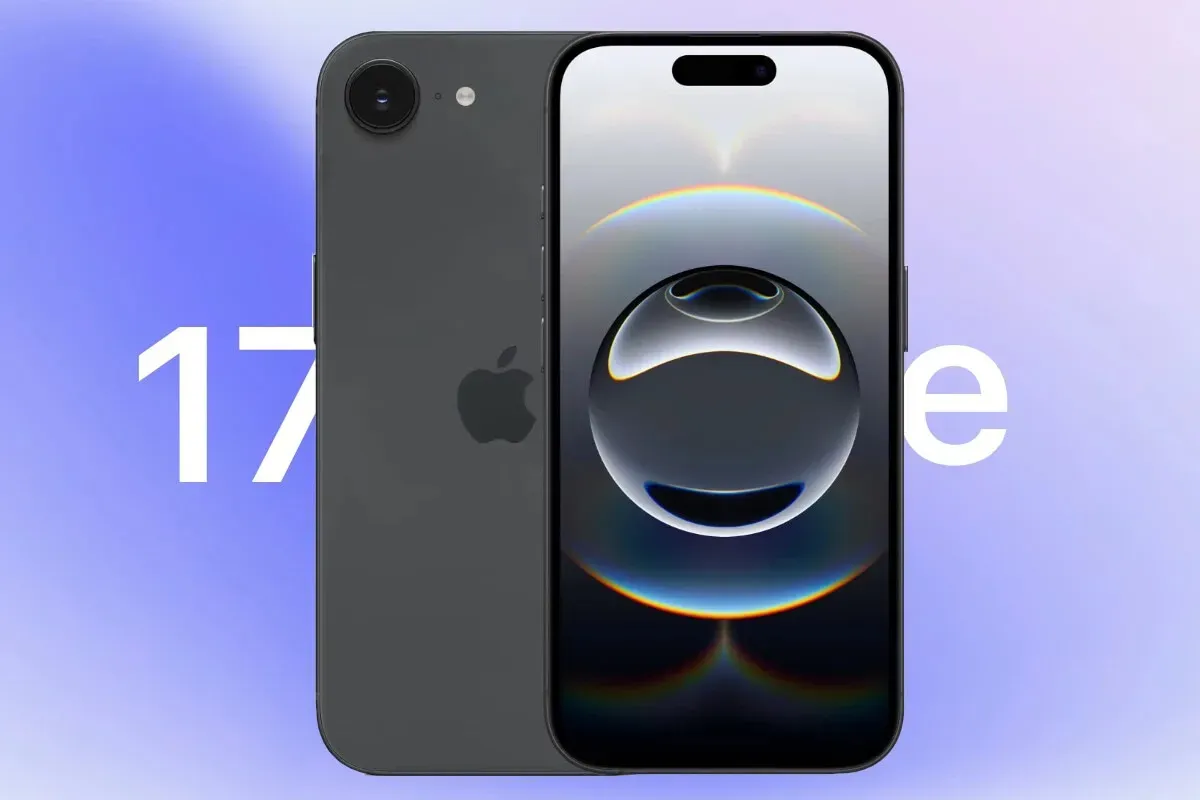In the world of technology, where Apple traditionally dominates the premium segment, the company from Cupertino is increasingly turning towards more affordable devices to maintain its leadership amidst tough competition from Android manufacturers. According to industry sources I’ve accumulated over decades of covering tech giants for The New York Times, Apple is preparing to unveil the iPhone 17e – a model that promises to be the cheapest entry point into the iOS ecosystem, but with significant improvements that make it less "budget-looking." This leak, published by the reputable Chinese insider Digital Chat Station on Weibo, supports the rumors circulating within supply chains for several months and signals a strategic shift: Apple is not just aiming to sell cheap phones but wants to convince skeptics that even the basic iPhone can compete with flagship models from competitors.
The iPhone 17 series is expected to debut in September 2025, with the "budget" iPhone 17e hitting store shelves in the first half of 2026, continuing the tradition of affordable models like the iPhone SE. According to Digital Chat Station, the device will inherit the concept of its predecessor, the iPhone 16e (or SE 4, as it’s sometimes called in rumors), but will receive key updates that make it more modern. The main idea remains unchanged: to provide users, especially in emerging markets such as India or Latin America, with a simple and reliable way to enter the iOS ecosystem without spending thousands of dollars. However, Apple is trying to avoid the "obsolescence" trap to not turn off a younger audience accustomed to rapid screens and innovative design.
One of the most noticeable changes is the 6.1-inch OLED display with a 60Hz refresh rate, which, according to leaks, will finally feature the Dynamic Island cutout instead of the traditional "notch." This is not just a cosmetic detail: the Dynamic Island, first introduced with the iPhone 14 Pro, turns the cutout into an interactive element for notifications and quick access to functions, making the interface more intuitive and closer to flagship models. Supply chain sources I’ve spoken with confirm that this update is part of Apple’s broader strategy of unifying design across the entire lineup, so even budget devices look premium. Additionally, insiders hint at the introduction of the Action Button – a multifunctional button that debuted on the iPhone 15 Pro, allowing users to customize quick actions like launching the camera or activating the voice assistant.
Under the hood, the iPhone 17e hides the A19 processor – a significant leap compared to previous models, though with possible limitations, such as fewer graphics cores, to balance performance and cost. This decision, in my observations, reflects Apple’s philosophy: to optimize chips for everyday tasks like video viewing or photo editing without overly focusing on gaming, where Android devices dominate. The cameras remain minimalist but effective: the main module will be 48 megapixels, delivering sharp images with improved AI processing, while the front camera on 12 MP will support Face ID and high-quality selfies. It’s worth noting that the absence of MagSafe wireless charging support and only a single camera module may disappoint enthusiasts, but for the target audience—students or first-time iPhone buyers—this is a reasonable trade-off that justifies the price.
Analysts I consulted forecast a price around $599 – the same as the iPhone 16e – making it attractive for markets where the average smartphone price does not exceed $400. However, amidst inflation and potential import tariffs (discussed in the US), this cost may seem high for its basic specs. According to my insider sources, Apple is testing different configurations to incorporate elements of Apple Intelligence – AI introduced in iOS 18 – even in budget models, which could be a compelling argument for upgrades.
By contrast, the flagship iPhone 17 set to be unveiled this fall promises to be a real breakthrough: a 6.3-inch display with 120 Hz for smooth scrolling, a 24 MP front camera for professional video calls, and a new color palette, including purple, to freshen up the design. Furthermore, rumors about the iPhone 17 Air with an ultra-thin body and a 6.6-inch screen highlight how Apple differentiates its lineup: the budget 17e for the masses, and premium variants for those willing to pay for innovation.
Ultimately, the iPhone 17e could become the "Trojan horse" Apple uses to expand its ecosystem in an era when consumers increasingly prioritize value for money. As a veteran tech journalist, I’ve seen similar models, like the iPhone SE 2020, disrupt markets, attracting millions of new users. If these leaks are confirmed, this smartphone will not only fill a niche – it could convince skeptics that Apple still has the power to deliver affordable miracles. Stay tuned: the iPhone 17 launch is just around the corner, and it promises to be one of the hottest events of the year.


